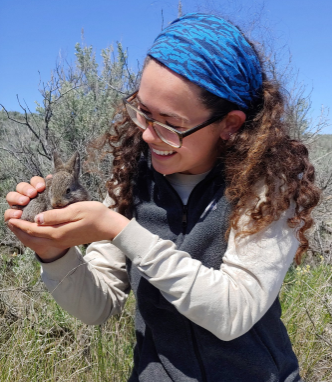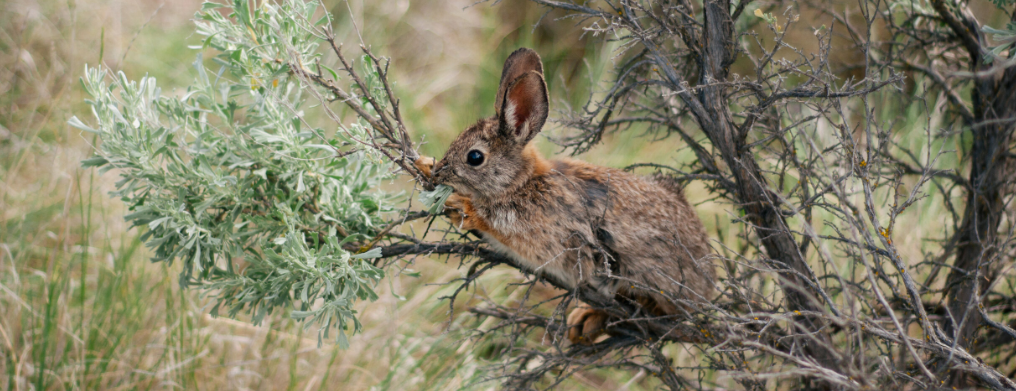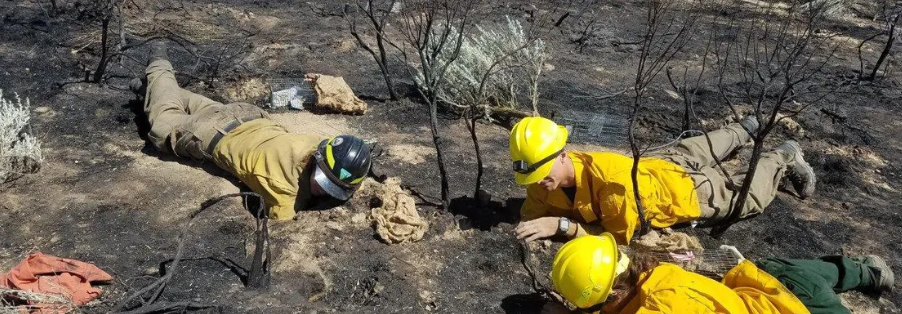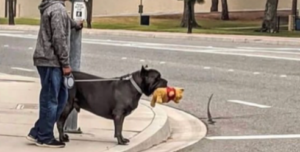I attended a presentation on Thursday evening and then went to CWU Friday for a luncheon. There are groups from CWU staff that pay and host ($60/year) lunch organized by Ruth Harrington – wife of a deceased former professor. I became a occasional member of the group Nancy was in. When Nancy first got involved the lunch fee was $3, now it is $6. I missed last month, but managed this one, several others missed. We visit and share news.
The chairs at the table were mates to the ones I got at CWU surplus for 50¢ (mentioned in an earlier post, Sept 9th) and wonder of wonders there was one with a missing back cover, just as I have.
The previous evening I learned about the Columbia Basin (to my northeast) population of Pygmy Rabbits. The  locations are quite close to White Heron Winery, so we know about the bunnies, but not much.
locations are quite close to White Heron Winery, so we know about the bunnies, but not much.
This was an opportunity to learn from one of the State’s biologists.
Habitat loss and fragmentation led to the near extirpation of the Columbian Basin Pygmy Rabbit. In 2001, only 16 individuals remained on Washington’s landscape. In 2003 they were officially recognized by the U.S. Fish & Wildlife Service as an endangered species.
Flash forward 20 years and there are currently 2 populations of pygmy rabbits each with approximately 150 individuals. Katherine’s presentation explained how this was brought about.
Katherine Soltysiak with a captured rabbit. Below the habitat is dense sagebrush that provides food, cover and shade. Pregnant ones are the heaviest – just over a pound. The average weight is under a pound. Sage is about 80% of their diet. The bunny in the photo below is up on a branch, and when there is snow they will tunnel through the snow and can get higher if there are drifts.

The region is prone to fast moving fires through the grass and sage, but this rabbit unlike all others digs borrows and can survive the fire. But then, in many cases there is no food. In the next photo folks are collecting rabbits chased into their borrows. After care, they will be released in a suitable location, then fed and watered in an enclosure until they have dug burrows and call the place home.
When it was first realized the rabbits were endangered, the local population was small and inbred. Related pygmies were brought from Idaho and three organizations received small numbers of locals and the new ones. Thus, the Central Washington population is recovering, but not pure genetically. Below is a link to the Oregon Zoo’s part in this, with nice photo.
https://www.zooborns.com/zooborns/2012/07/oregon-zoos-12-year-effort-to-save-endangered-pygmy-rabbits.html
This week has been one of the coldest ends of October in the State and east, and into Canada. Saturday morning the temperature was just 18°F. I loaded the wood stove on Thursday morning and have had a fire going since then. This coming Tuesday should have a minimum temperature of over 40° so I can, maybe, go back to using the heat pump to mid-November.
go back to using the heat pump to mid-November.
Here is one of the better photos to appear this week. I haven’t tracked down the source.
Keeping Track
on the Naneum Fan
John